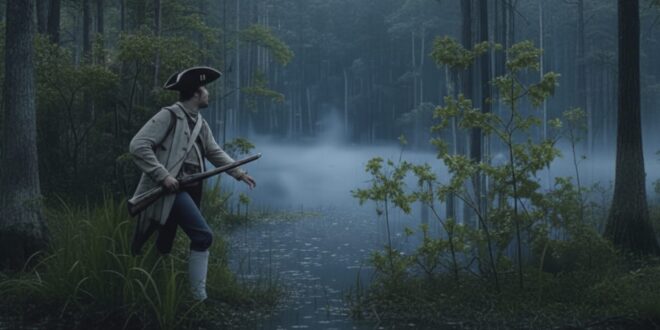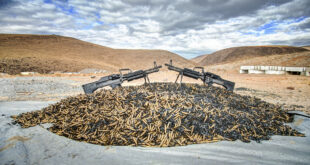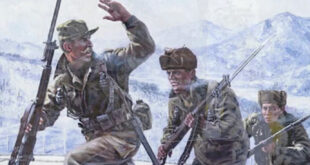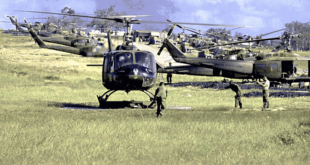by Jose Campos
Before the term guerrilla warfare entered the American military lexicon, a wiry, cunning officer in the Carolina backcountry was already running the playbook. His name was Francis Marion – better known to the British as the Swamp Fox. From 1780 to 1782, Marion and his ragged militia bled the King’s forces, outthinking and outmaneuvering both British regulars and Loyalist militias in the unforgiving swamps of South Carolina and north Georgia.
Marion didn’t inherit a professional army. He built one from farmers, hunters, and local tradesmen—men who knew the swamps and pine barrens like their own skin. These “Marion’s Men” were armed with outdated muskets, squirrel rifles, and grit. What they lacked in polish, they made up for in sheer cunning and ferocity. Marion taught them to fight dirty by the standards of 18th-century war—hitting hard, vanishing into the cypress and reeds, and turning the terrain itself into a weapon.
A War of Wits and Ambush
Marion was a master of the feint-into-ambush. He’d lure British patrols down narrow causeways or through knee-deep bogs, then hammer them from cover before melting away. Time after time, he whipped forces far larger than his own.
One raid became the stuff of legend: with just 17 militia, Marion struck a British position, bagging 22 regulars and freeing 150 captured patriots from the Maryland Line Infantry. In today’s terms, it was a classic direct action mission – fast, precise, and devastating.
Hearts, Minds, and Fear
Marion understood that insurgency was a two-front war. Against the Loyalist militias, he waged psychological warfare – burning out their strongholds, wrecking supply lines, and making collaboration with the British a dangerous proposition. At the same time, he cultivated a public image of the resourceful patriot-warrior, inspiring support from locals and driving recruitment.
The campaign worked. By 1782, after three brutal years of lightning raids, ambushes, and prisoner snatches, the British evacuated Charleston. The Treaty of Paris soon followed, and with it, Britain’s recognition of American independence.
Tarleton’s Hunt
Not everyone was inspired—at least not in the same way. British Lt. Col. Banastre Tarleton, already stinging from his defeat at Cowpens, was ordered to hunt down and destroy Marion’s force. Marion waited in ambush for two days, only to have Loyalist intelligence tip off Tarleton. A savage chase followed—25 miles through swamp and briar before Marion finally shook his pursuers.
Tarleton, soaked, mud-caked, and beaten by the terrain, finally called it off, declaring to his men:
“Come my boys! Let us go back…as for this damned old fox, the devil himself could not catch him.”
The Swamp Fox name stuck, sealing Marion’s place in both Revolutionary War lore and the lineage of unconventional warriors.
The Legacy
What Marion pulled off in the 1780s was more than clever raiding—it was the birth of American unconventional warfare. Recruiting and training locals, using terrain as a force multiplier, targeting enemy morale, and denying safe haven to collaborators. These are principles still alive in the U.S. Army Special Forces today.
In the swampy backcountry of South Carolina, Francis Marion proved that an agile, determined force could cripple a superior enemy – not by meeting him head-on, but by becoming the ghost he could never catch.
Jose Campos covers security for Soldier of Fortune.
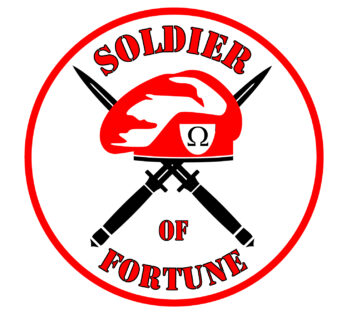
 Soldier of Fortune Magazine The Journal of Professional Adventurers
Soldier of Fortune Magazine The Journal of Professional Adventurers


